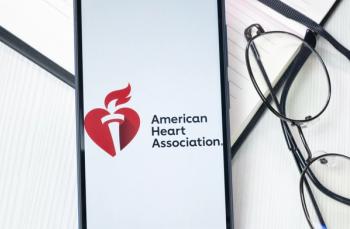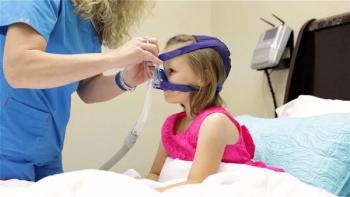
Guidelines improved bronchiolitis care
In 2006 the American Academy of Pediatrics issued guidance urging providers to not use nonrecommended tests and treatments for bronchiolitis. Further guidance in 2014 offered further clarification. An investigation examines whether the guidance led to better outcomes.
Bronchiolitis is a common condition of childhood, and the number of nonrecommended tests and treatments have also made it a costly condition. In 2006, the American Academy of Pediatrics released clinical practice guidelines that actively discouraged the used of diagnostic tests and therapies. An
The retrospective, observational hospital cohort study used the Pediatric Hospital Information System database to find data on children whose primary discharge diagnosis was acute bronchiolitis. The database has information on roughly 20% of all pediatric hospitalizations in the United States. The investigators included all encounters of children aged 28 days to 2 years who were discharged from November 2006 to December 2019 who had a diagnosis of acute bronchiolitis. The children were divided into 2 groups: the emergency department group and the inpatient group. The emergency department group included children who were discharged from the emergency department without being admitted to the hospital. The inpatient group included information about time in the emergency department as well as following hospital admittance. The inpatient group was further divided into 2 groups: 1 that included patients admitted around the time of the 2006 guideline publication to the 2014 guideline update and the second group included patients admitted from the 2014 publication update to 2019. Outcomes included using tests like viral testing or complete blood count as well as treatments such as bronchodilators.
A total of 602,375 patient encounters were noted, with 404,203 in the emergency department group and 198,172 in the inpatient group. During the period between the initial guidance in 2006 and the guidance update in 2014, the investigators found a negative trajectory for all of the measures, except for viral testing in the emergency department group. The greatest decrease found was in the use of bronchodilators, which changed by −13.5 percentage points in the emergency department group (95% CI, −15.2 percentage points to −11.8 percentage points) and −11.3 percentage points in the inpatient group (95% CI, −13.1 percentage points to −9.4 percentage points). Following the 2014 guideline update, the bronchodilators had the greatest change in use trajectory, which steepened by more than 2-fold in both the emergency department group and the inpatient group. Additionally, in the inpatient group the length of stay decreased from 2.0 days (95% CI, 1.9 days to 2.1 days) to 1.7 days (95% CI, 1.7 days to 1.8 days). The hospital readmission rate also saw a decrease going from 18.0% (95% CI, 13.8% to 22.2%) to 17.8% (95% CI, 13.6 to 22.1%).
The researchers found that the use of nonrecommended tests and treatments for bronchiolitis decreased continuously following the publication of the American Academy of Pediatrics guidelines in 2006, with a 2-fold increase in the decline of bronchodilator use following the 2014 guideline update. The research further supports that the guidelines led to better bronchiolitis care.
Reference
1. House S, Marin J, Hall M, Ralston S. Trends over time in use of nonrecommended tests and treatments since publication of the American Academy of pediatrics bronchiolitis guideline. JAMA Netw Open. 2021;4(2):e2037356. doi:10.1001/jamanetworkopen.2020.37356
Newsletter
Access practical, evidence-based guidance to support better care for our youngest patients. Join our email list for the latest clinical updates.














